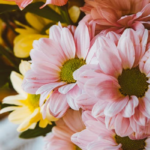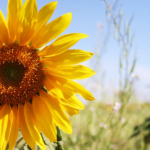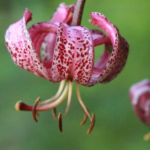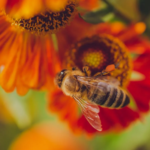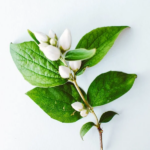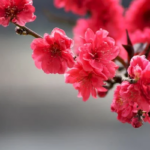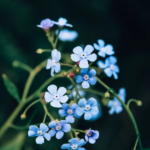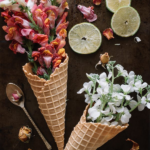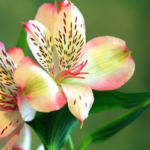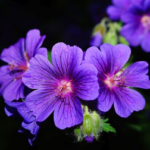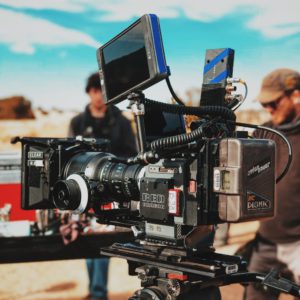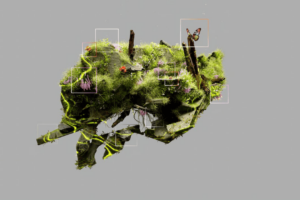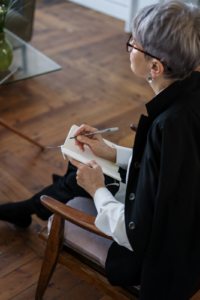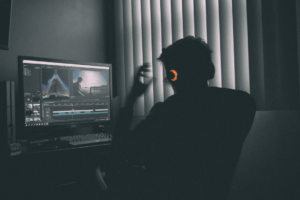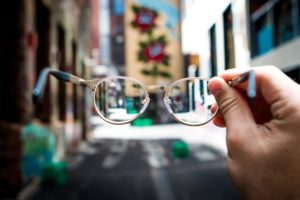Flowers are a natural subject for photography full of color, texture, patterns, and personality. Many of us begin to count the days until spring arrives in a year. Many nature photographers concentrate on flower photography when the earth comes to life again, and spring flowers appear. Although most of them photograph flowers outdoors, some still enjoy flower photography in the winter months too. During the winter, you can find plentiful subjects in greenhouses, and conservatories, and by bringing flowers home from my neighborhood florist to photograph in natural window light.
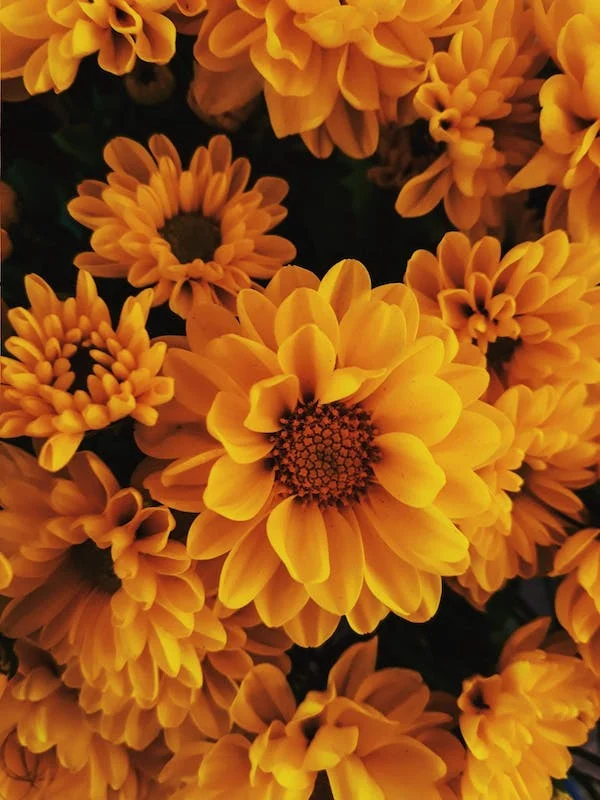
Flower photography may look easy. But the truth is that the simplest things can be the trickiest to capture. Elevating something beautiful into an image that makes a person stop and stare take real talent.
Flowers are obeying subjects that lend themselves quite well to being photographed. This is quite obvious when you look at the millions of flower photos posted on social media and photo-sharing websites every day. However, not all flower photographs are equally creative. There are general rules, guidelines, and tips and tricks to make the best images possible with any photography. The goal is to make our photos stand out from the rest, create something unique, and inspire with that “wow” factor. Hopefully, these tips will provide a starting point for getting more creative images of flowers and encourage you to try techniques and ideas that you may not have tried before. If nothing else, at least trying some of these will get us all out shooting more, and that can’t be a bad thing.
Tips on How to Take High-Standard Flower Images
Choose Right Camera
The best cameras for capturing flower images are undoubtedly DSLRs. They offer great settings and have a huge array of excellent lenses.
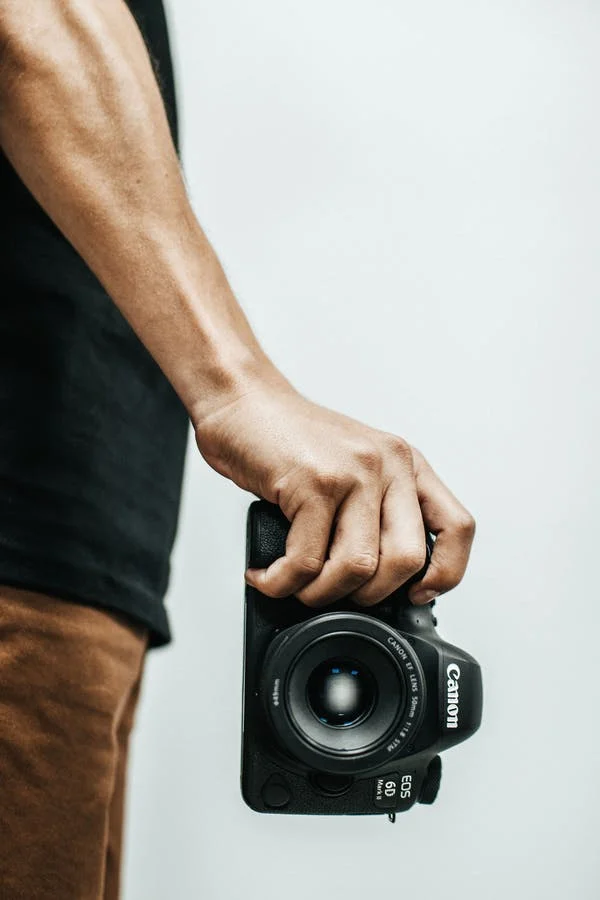
Most DSLRs deliver outstanding quality images, whether marketed for professionals or beginners. But, of course, it only matters a little if you are a beginner, although your DSLR will make sure to capture beautiful photos. Mirrorless cameras are also an option. However, the macro lens line-up is still fairly limited.
Lenses
Firstly, understand that it is possible to get high-quality images of flowers using any lens, macro or non-macro, wide-angle, or telephoto. Undoubtedly, the higher your lens’s magnification capabilities, the more possibilities you’ll have because you can make intimate and detailed images of flowers. You can also try more abstract photography techniques.

Professional photographers generally recommend a dedicated macro lens for flower photography. Such a lens usually offers life-size magnification, pin-sharp images, and attractive bokeh. Some of these are available for a reasonable price.
Another option is using a regular lens (often a telephoto lens) plus extension tubes to photograph flower images. Extension tubes are an easy way of reducing the lens’s minimum focusing distance, allowing you to shoot at higher magnifications. However, flexibility is the primary downside to extension tubes.
When extension tubes are mounted between your camera and lens, they significantly decrease your maximum focusing distance, limiting you from quickly changing your point of focus. That is, using extension tubes, you cannot take pictures of distant objects; you are limited to only subjects within a few feet.
A third way of performing inexpensive flower photography is to freelance. By removing the lens and placing it in front of your camera body, you can increase the magnification while generating exciting effects.
Location isn’t Everything
Flowers can be seen everywhere, so if that’s the type of photography you want to do, you can make the most use of it, and there’s no excuse for not shooting. You don’t always need to choose a location that costs you high. Instead, you can start with the garden in your backyard or a park down the street.

Block the Wind
When you are photographing flowers, the wind can be your enemy. Even a slight breeze can make these types of shots challenging. For this reason, it’s a good idea to have something with you to block the wind and keep the flower from moving around while you are trying to focus and get the shot. Many things could be used for this, such as a reflector, diffuser, or even an umbrella.
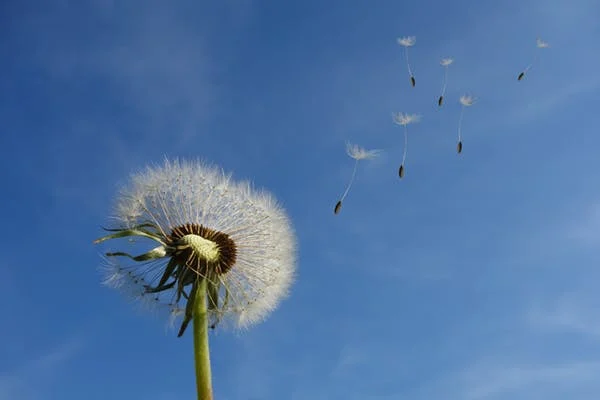
Use a Plamp
To keep a flower in a steady state, use a plamp that serves this purpose. Ensure to use some foam material inside the clamp to prevent crushing the flower’s stem. Because the plamp is produced using a flexible wire, it can be bent and moved in various directions to position your flower according to your wish. In addition to steadily holding the plant, the plamp can come in handy for multiple things. You may also use more than one, as one could hold the flower in place, and another one could be used to hold a small reflector or diffuser or even to hold distracting elements out of the frame.
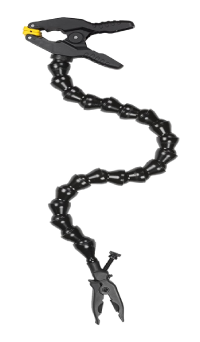
Isolate the Subject
This is pretty basic but should not be neglected. We’ve all seen pictures of flowers, birds, people, etc., that have an ugly background. The main subject gets lost in a mess, and the photo doesn’t work. Flowers resemble beauty, and our images of them should emphasize that beauty as much as possible. Compose the image to keep the flower as the predominant focus by avoiding things that will be distracting. Remember that distractions come in many forms, like having too much of the image in focus, areas of the photo that are too bright (called hot spots), or uncomplimentary patterns or colors. These conditions will cause the viewer’s eyes to shift and possibly lose interest in the star of the photo. As a general rule, be careful and attentive when taking images. The end result should be charming and perhaps even inspire others to get out and enjoy making images of the natural world.

Artificial Lighting
Flower photographers usually like to use artificial lighting (e.g., flashes or ring lights). However, these can be both bulky and costly. Professional photographers prefer natural lighting, but a flash can be handy when the natural light isn’t ideal; for instance, bright, midday sun.
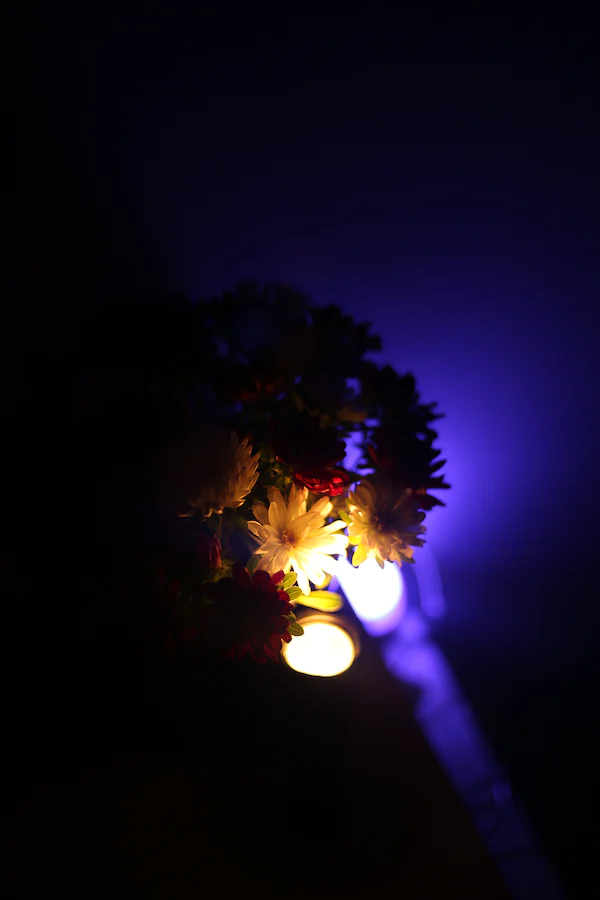
Tripods
Usually, you don’t need a tripod for photographing flowers. Photographers shoot pleasing flower images while hand-holding your camera. But certain techniques do require a tripod.
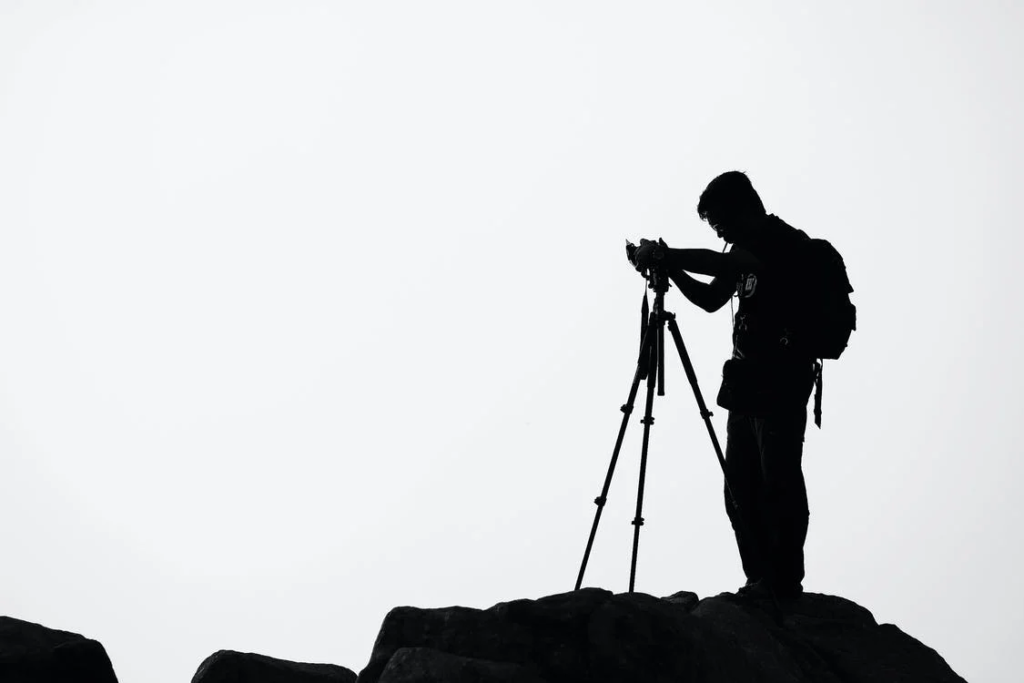
Camera Settings
Flower photographers aim for one of two aspects: sharp throughout the frame or shallow focus.
Sharp throughout the frame needs a very narrow aperture, particularly at higher magnifications, often at f/16 or above. This is where a tripod is required, as this is difficult to do without it. It may also require special techniques like focus stacking to prevent the diffraction that comes from higher apertures.

However, most professional photographers personally prefer shallow-focus macro photography as this requires no extra equipment, no flashes, and no tripod. Instead, use a wide aperture (in the f/2.8-f/7.1 range) to render a tiny portion of the flower in focus. The rest of the image is left out of focus that produces unique and stunning effects. In both cases, the aperture is crucial. The shutter speed and ISO are to be adjusted in response to the aperture.
Natural Light
Firstly, let’s discuss the natural light for photographing flowers. This doesn’t mean artificial light in flower photography is useless, but it’s much more fun to experiment with the naturally available light. Start shooting on overcast days, i.e., when the sky is cloudy, the light becomes diffused. As a result, the flower will be evenly lit, and the soft light makes colorful petals pop.

The second lighting advice is to shoot in the morning or evening during the golden hours to prevent strong sunlight from falling on the flower and generate some outstanding images.
You can also shoot in the shade with the sun behind. By doing so, the bright sunlight falls behind the flower (but not directly). One way to obtain this lighting is to find a flower in the tree’s shadow. Another is to cast the shadow yourself using your head, arm, or camera bag.
Composition
Another aspect of flower photography is to consider the composition. Again, this may seem horrifying for the beginner, but a few simple compositional guidelines help you instantly take better flower photographs.


Change Your Perspective
To make images that are more creative and dynamic, you will need to change your perspective a little. For this, you will need to get up high or down low and shoot at different angles. The key is to try other things or work the scene. Be more deliberate and shoot for a result that will be more creative.
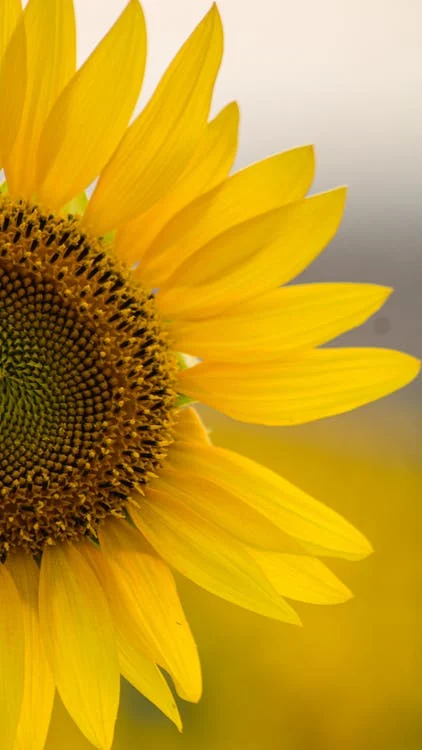
You may need to shoot straight down at the flower, from your knees, or even lie down on the surface and shoot up at the flowers. The background, the subject, and the light will prescribe what angles will work best in a particular situation. Also, wear clothing that you won’t mind getting dirty, and don’t be afraid to get down as low as you can reach.
Fill the Frame with your Subject
In flower photography, most photographers rarely prefer to have a lot of free or empty space in their frames. Because more free space means more opportunities for distraction, confusion, and loss of impact, so instead of leaving space around the flower, move closer to fill the frame as much as possible.
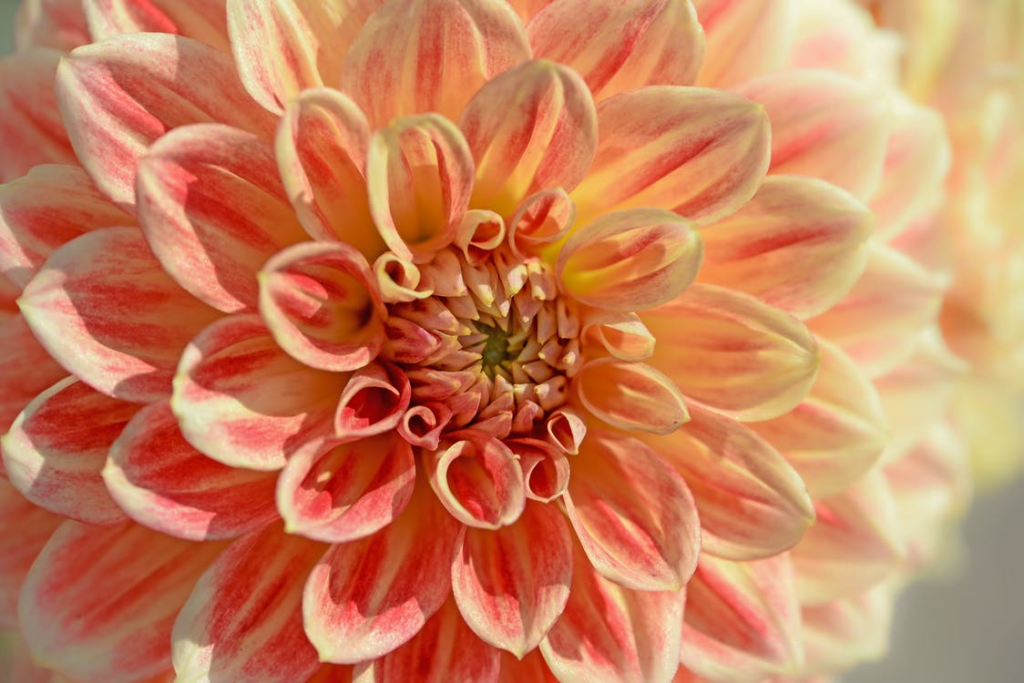
The More Colorful, The Better
When you are photographing flowers, you often have a whole palette of colors right before you use it to your advantage. Put color in the background by keeping another flower behind your main subject. Then, add color to the foreground by shooting through several other flowers.
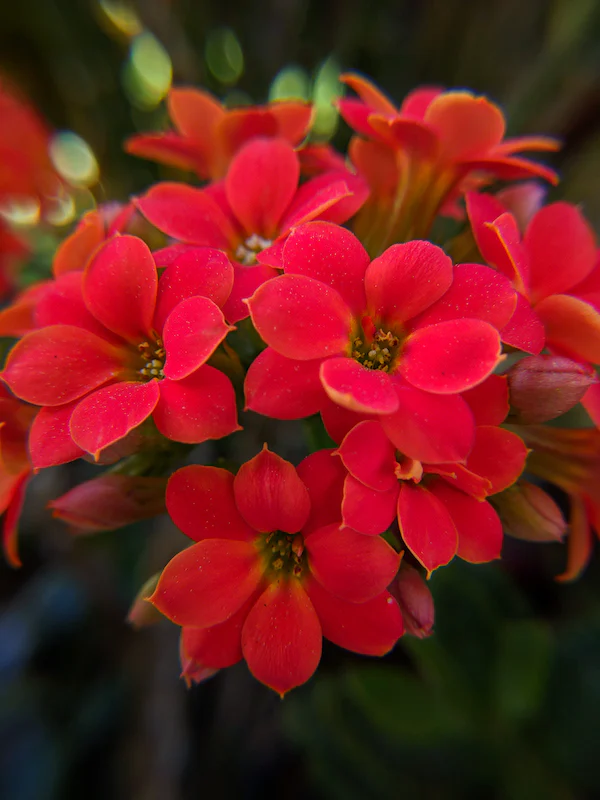
Keep Things Clean
In flower photography, it’s essential to have a point focal point. This can be the flower itself, the edge of a petal, the flower, and its environment, but you must ensure that the viewer’s eye is attracted to this spot.

One of the simplest ways to guarantee a sharp point of focus is to have little else but that point of focus. Hence, before taking a photograph, clear your potential composition of all distracting elements. This includes out-of-focus stems and bright colors or dark spots in the background that don’t fit the image as a whole. Tell the Tale of Flowers:
Tell the Tale of Flowers
You can narrate a tale with the images of the flowers. Choose a flower from your backyard or nearby park and capture its lifecycle stage by stage with a series of photos. You can begin with the flower just being planted or starting to grow. Then over time, you can click images once every few days or weeks. This commences with the closed buds, the gradual bloom of the flowers, the pollen peeping out, and finally, when the flowers open to their full size. Also, you can show flowers drooping and dying at the end of their life cycle or owing to changes in weather. Without a doubt, capturing the metamorphosis of flowers can create a vivid effect on the viewers.

Final Thoughts
By following these tips, you should be on your way to becoming an exceptional flower photographer. If you consider essential elements like gear, settings, lighting, and composition during photography, it is obvious that you’ll be taking strong flower photographs in no time.
Flower Photography Videos
My 8 Best Tips for Flower Photography
Flower Photography Tips for Beginners & Macro Photography Ideas
MACRO PHOTOGRAPHY IN THE FOREST | Spring flowers
Canon R6 • Flower Photography with 3 Lenses! 4K
Taking your Flower Photographs from Ordinary to Extraordinary by Rosie Lalonde
How to Be Creative in Your Flower Photography | B&H Event Space
Creative Flower Photography with Alan Shapiro
